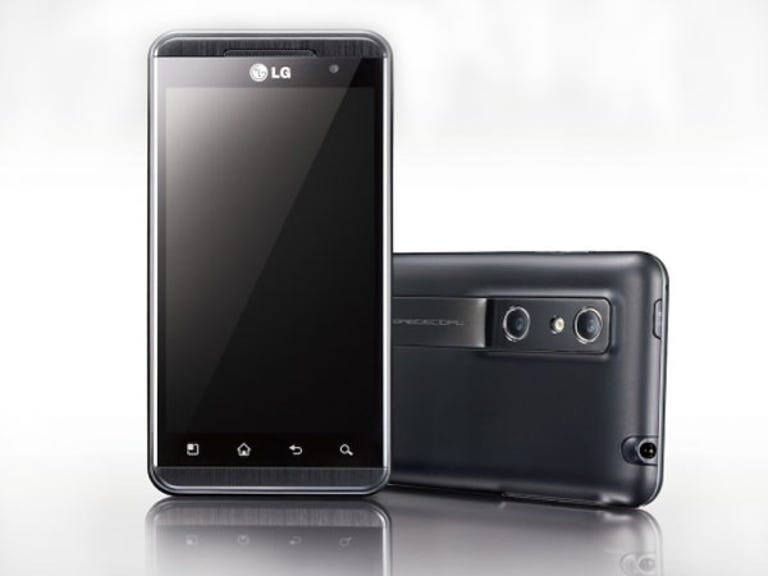 Why You Can Trust CNET
Why You Can Trust CNET LG Optimus 3D review: LG Optimus 3D
The 3D gimmick works better than expected, but for a phone that promised world-beating performance, we did see more lag than we'd have liked, and it has average battery life to boot.
Design
It wasn't too long ago that the idea of a smartphone weighing 200g and measuring 2cm thick seemed reasonable; it was, after all, a mini-computer. We remember a colleague at the time when the Nokia N90 Communicator was released, measuring the weight of it in his hand while saying that he preferred a phone that felt like "it could kill a man". He no longer works at CNET.
The Good
The Bad
The Bottom Line
The LG Optimus 3D isn't quite as thick or heavy. Its 12mm depth is similar to handsets from competitor HTC, but its 168g weight is considerably more, and when you match this weight with the 3D's 4.3-inch display, this handset seems enormous. Its 4.3-inch screen stretches across the face of this unit with a thin strip of touch-sensitive buttons below the display. There's micro-USB and micro-HDMI cable ports on the left-hand side of the unit — covered by those pesky plastic latches that only LG persists in using — and a standard 3.5mm headphone socket on the top.
Those familiar with LG's fashion-forward handsets of the past will not recognise the serious-looking Optimus 3D. There's no colourful trim, ala the LG New Chocolate, nor any lashings of stainless steel, as we saw on numerous LG phones before now. Instead, the Optimus 3D is encased in a presentable yet dull grey-coloured, soft-touch plastic with strips of faux-metal running along the top and bottom of the face of this phone. The result is a polished appearance, but it's anything but eye-catching.
The 3D's LCD display is of a decent quality, showing nice colour and some reasonably deep blacks. As with LG's earlier smartphone releases in 2011, this screen favours whites over blacks, with web browsing coming up trumps in this equation. One interesting thing that we noticed during our review is that this display is almost completely invisible when viewed through sunglasses with a polarising filter. We're not sure if this has something to do with the nature of its 3D display, but it's certainly a shame for anyone who works outdoors and wears a decent pair of shades.
3D: all it's cracked up to be?
If you read the LG marketing material for this phone, you'll know that 3D doesn't actually stand for three dimensions. Well; it does, and it doesn't. LG has been distancing itself from the gimmick that is a 3D smartphone since its announcement, telling us that the 3D in the title refers to the unique hardware configuration used by this handset; dual core, dual memory and dual channel — three Ds (see video below). It's just a coincidence, then, that the phone has a 3D display, and that two cameras are positioned to shoot side-by-side images, we guess.


